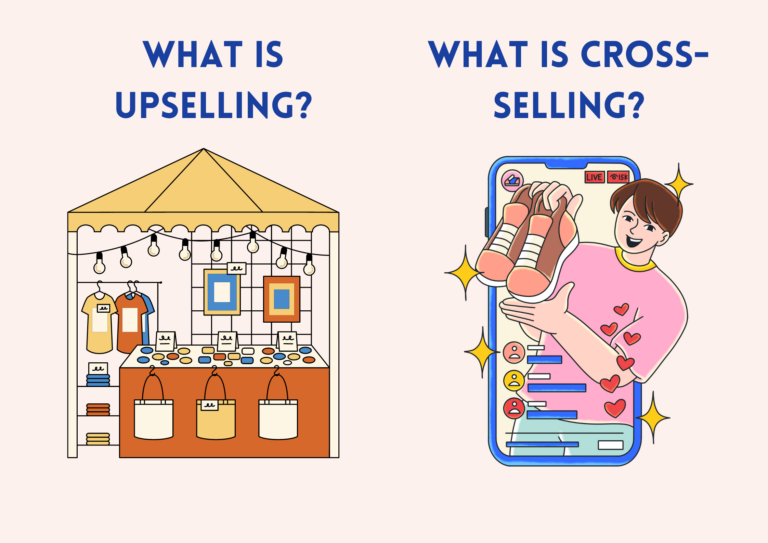Imagine entering an ice cream shop to get a single vanilla scoop. The server might suggest adding another scoop for just a little extra. This is called upselling. The server is recommending that you spend a little more to enjoy the benefit of another scoop.
Upselling is a sales strategy in which a vendor convinces a buyer to upgrade to a more expensive or high-end model of a good or service or to add extra features or accessories to their order.
Upselling is a helpful sales technique that businesses employ to increase profits and enhance client satisfaction. They try to convince customers to select a better or upgraded version of the good or service they are considering buying by learning about their needs and preferences. Let us understand the process of upselling step-by-step. Read on to learn more tips on how to use it to increase sales and enhance customer satisfaction.

Here are a few examples of upselling from various fields:
These are just a few examples, but almost every industry in which goods and services are exchanged uses upselling.
Cross-selling is a sales technique where a seller suggests additional products or services to a customer who has already made a purchase. The intention is to convince the client to buy supplementary products or related ones that improve the first one they bought.
Cross-selling is similar to getting a burger from a fast-food restaurant. The person working the register asks if you want to add fries and a drink to your burger to make it a combo meal. In this case, the cashier is cross-selling by suggesting complementary products that go well with the main purchase (the burger). Offering extra products or services to consumers that enhance the worth or utility of their initial purchase is known as cross-selling.
The following are some typical instances of cross-selling:
Each of these examples shows how the seller is making the most of the initial purchase to recommend complementary or related products or services. This leads to increasing the overall transaction value and potentially satisfying more of the customer’s requirements.
You can efficiently upsell to consumers and boost sales by giving them the goods or services that best suit their requirements and preferences by following these steps.
In conclusion, upselling is an effective sales technique that, when used carefully and morally, can help companies as well as clients. Businesses can boost revenue and improve customer satisfaction and loyalty by offering customers upgrades that are relevant and add value to their purchases. In the end, upselling is about giving customers the best options to suit their needs and preferences, which benefits both businesses and customers. It is not just about boosting sales.
Empowering businesses to optimize their conversion funnels with AI-driven insights and automation. Turn traffic into sales with our advanced attribution platform.



